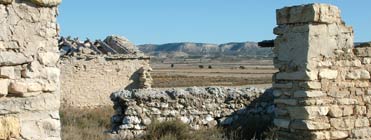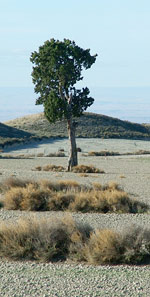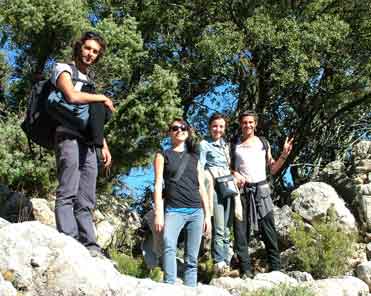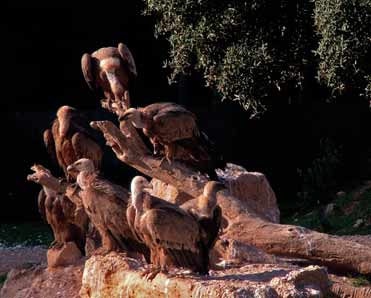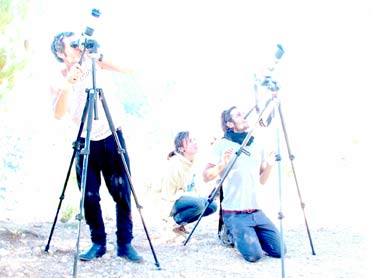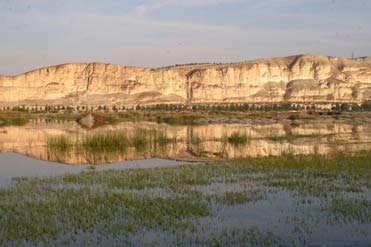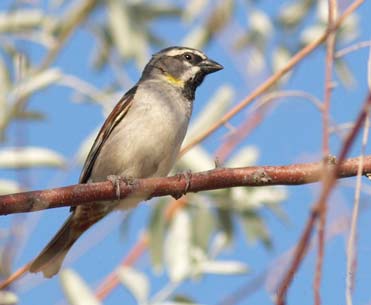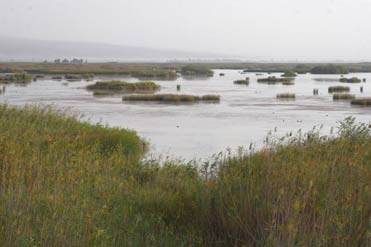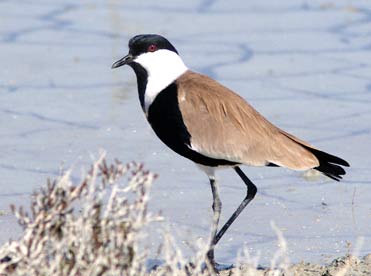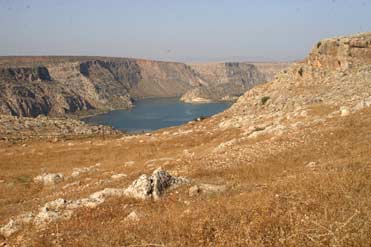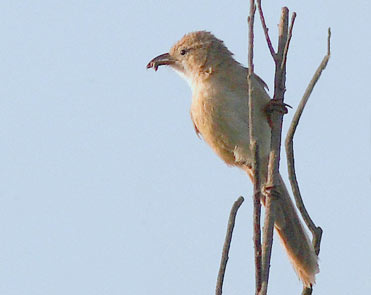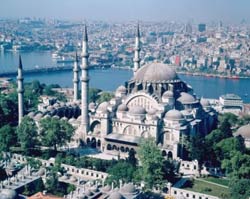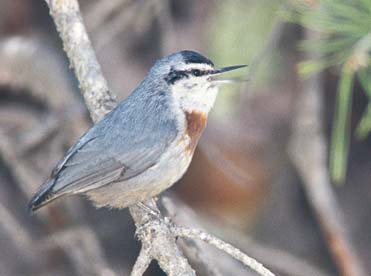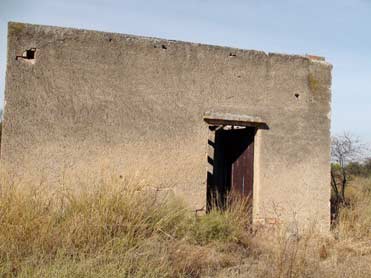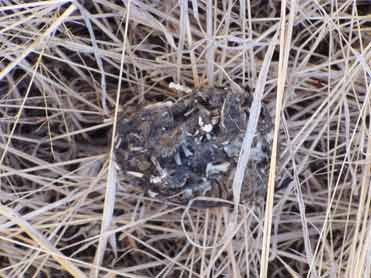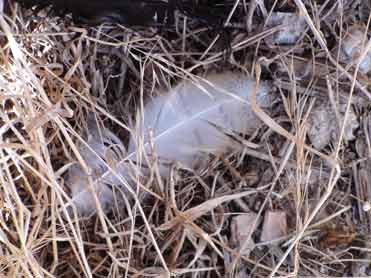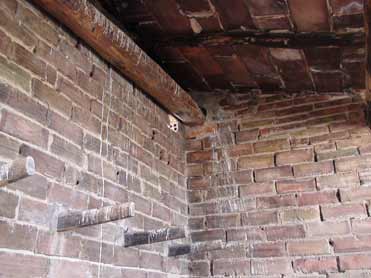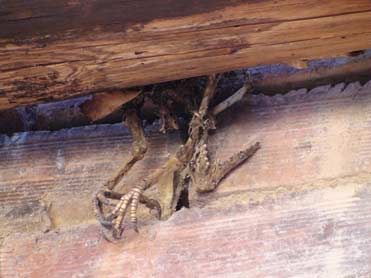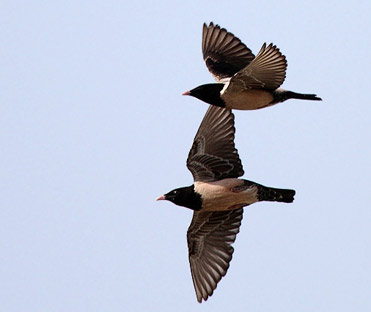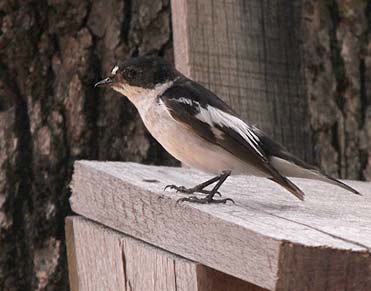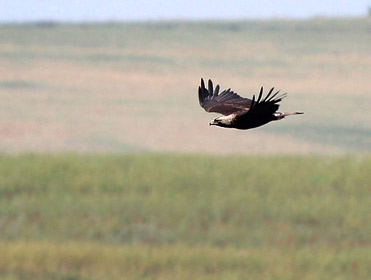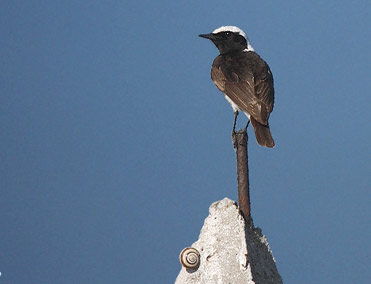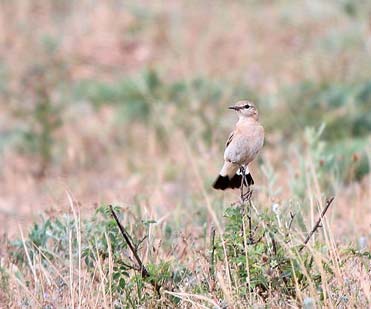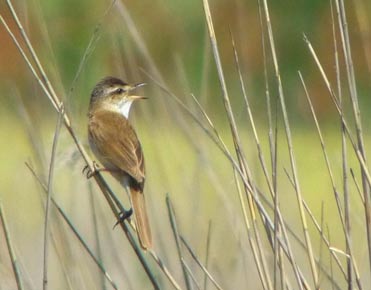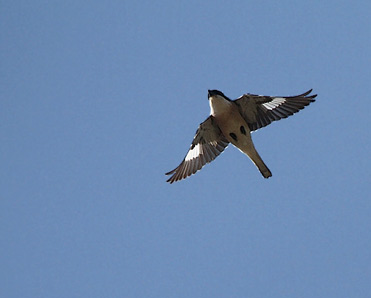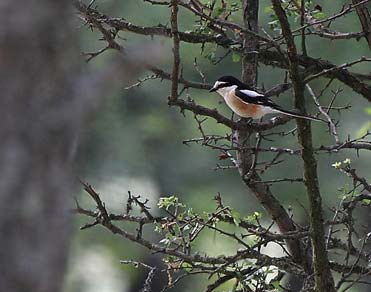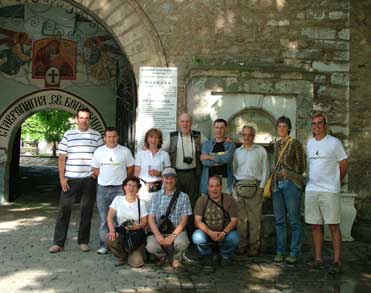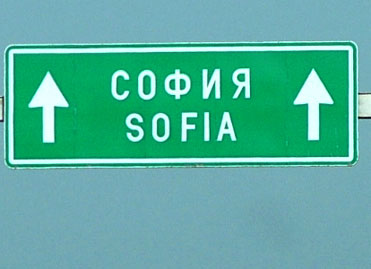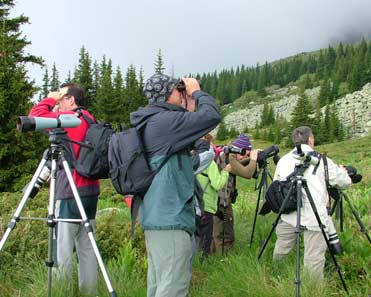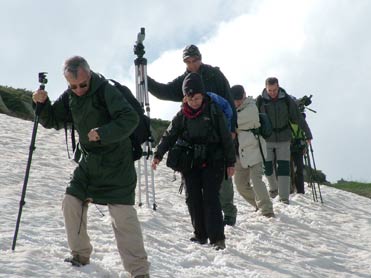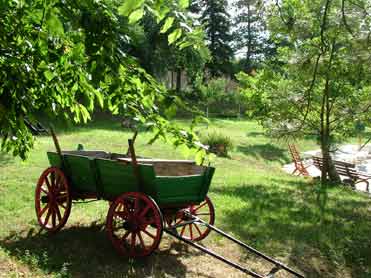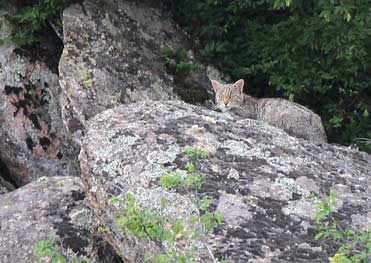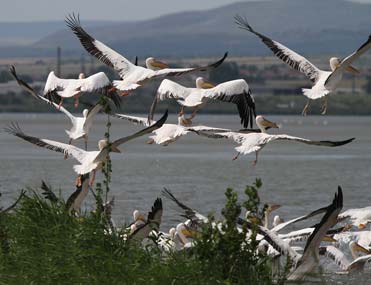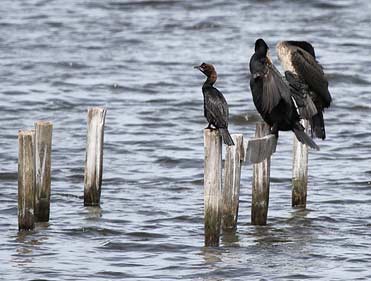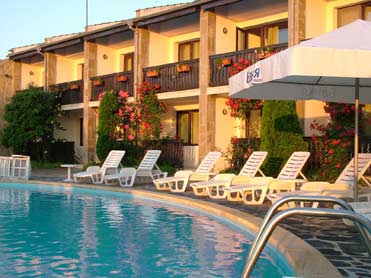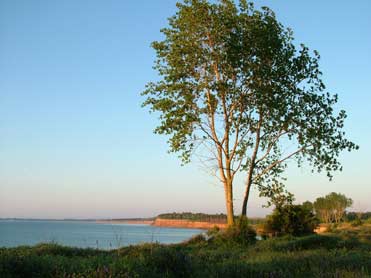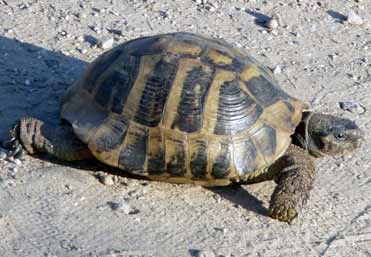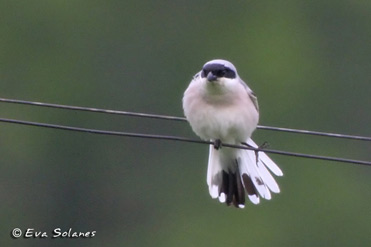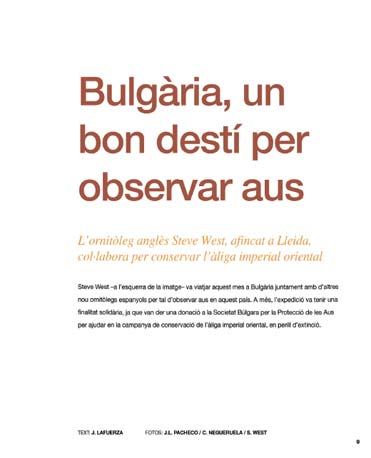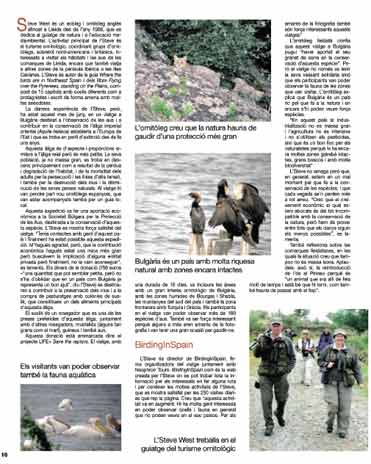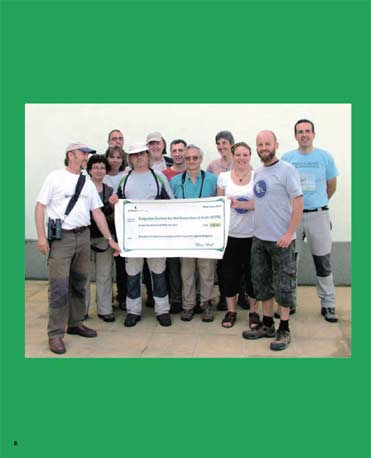Spring is over, summer is here, so shouldn’t you be making plans for a short winter trip to northeast Spain?
In the February mid-term Max came birding with us for just 4 days and took home no fewer than 15 lifers, and it wasn’t his first birding trip to Spain!
Here’s a little about the 15 lifers we got for Max:
2 Wallcreepers (Sarah: “All I can see are two butterflies”)
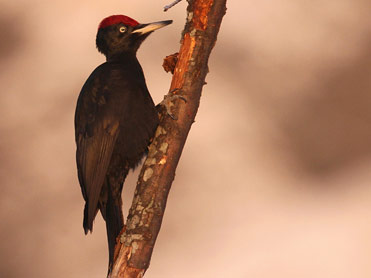
Black Woodpecker. Photo by Michele Mendi.
2 Black Woodpeckers – they gave us a damn good run for our money (me: “I’ll master their call in the end”)
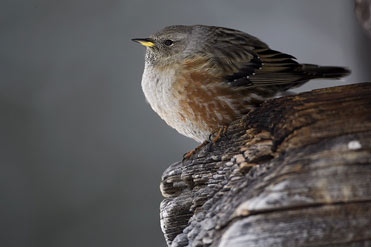
Alpine Accentor Prunella collaris. Photo by Franck Renard.
2 Alpine Accentors (they came out of the blue and landed on the monastery walls right in front of us).
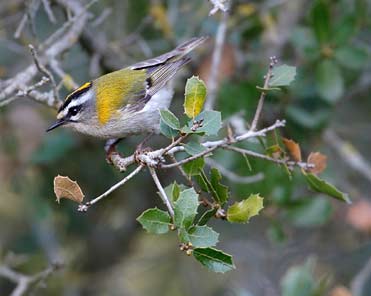
Firecrest. Photo by Jan-Michael Breider.
2 Firecrests (me: “This looks like the right kind of place for a Firecrest”)
7 Great Bustards (all males, and a bit too close for their comfort)
2 Little Bustards (I wasn’t expecting them to be here!)
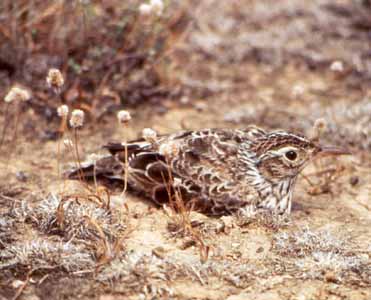
Dupont’s Lark.
1 Dupont’s Lark (cracking views, only wish I could get into the habit of having my camera with me at the right moments).
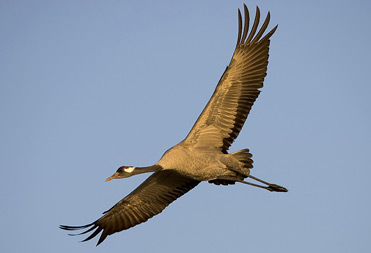
Common Crane. Photo by Franck Renard.
170+ Cranes
70+ Pin-tailed Sandgrouse
About 40 Black-bellied Sandgrouse
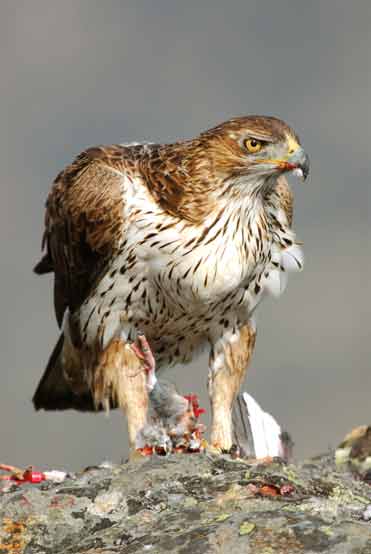
Bonelli’s Eagle. Photo by Joao Cosme.
3 Bonelli’s Eagles (2 adults perched on rocks on the second morning were a good incentive for getting out of bed!)
1 Eagle Owl (cracking views!)
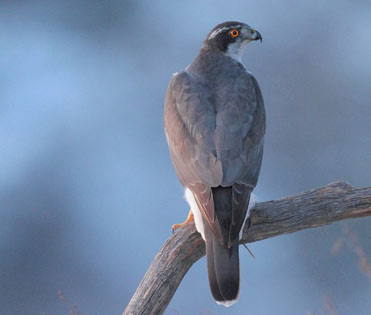
Goshawk. Photo by Michele Mendi.
2 Goshawks (you never know when you’re going to bump into these)
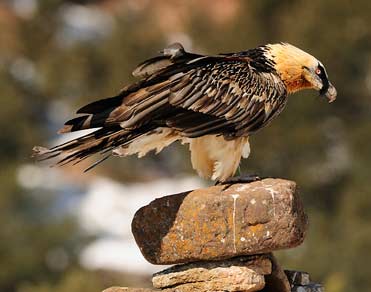
Lammergeier. Photo by Chris Schenk.
1 Lammergeier (a camera with flat batteries is worse than no camera!)
1 Spectacled Warbler
Plus Little Owl, Thekla Lark, Lesser Short-toed Lark, Wryneck, Blue Rock Thrush, Calandra Lark.
All in all it was quite an instructive period, wouldn’t you agree Max?!

